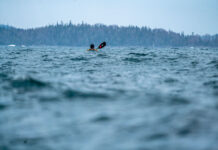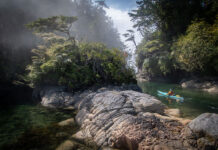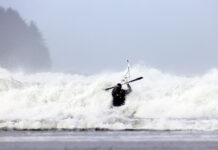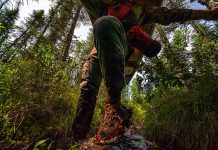Those with a lot of training and experience outdoors like to think we know what we’re doing when making decisions in risk environments. Our ability to make sound judgments about the terrain, timing, group management and safety is something we generally believe improves the longer we spend in the field. But the oft-cited threshold of 10,000 hours is no guarantee that we’ll strike the right balance when it comes to risk.
Does 10,000 hours really equal good risk management? Research says, “No”
For many recreational paddlers, the number of days on the water is a badge of honor and a way of providing evidence of competence. “Dude, I’ve paddled 120 days this year so far!” When advertising guiding services, guides will highlight the number of years we have worked in the field on our websites because we believe it instills confidence. Who wouldn’t choose a guide with 20 years and thousands of field days of experience over one with only three years? Three years, by the way, is the average length of time most guides remain in their field careers.
The common assumption is more days equals more skill. As Malcolm Gladwell points out in his bestselling book Outliers, it takes at least 10,000 hours—or 2,000 five-hour paddling days—for someone to become an expert in any field. Practice, repetition and skill development all take time, and the more you do it, the better you get. Right?
Maybe not.
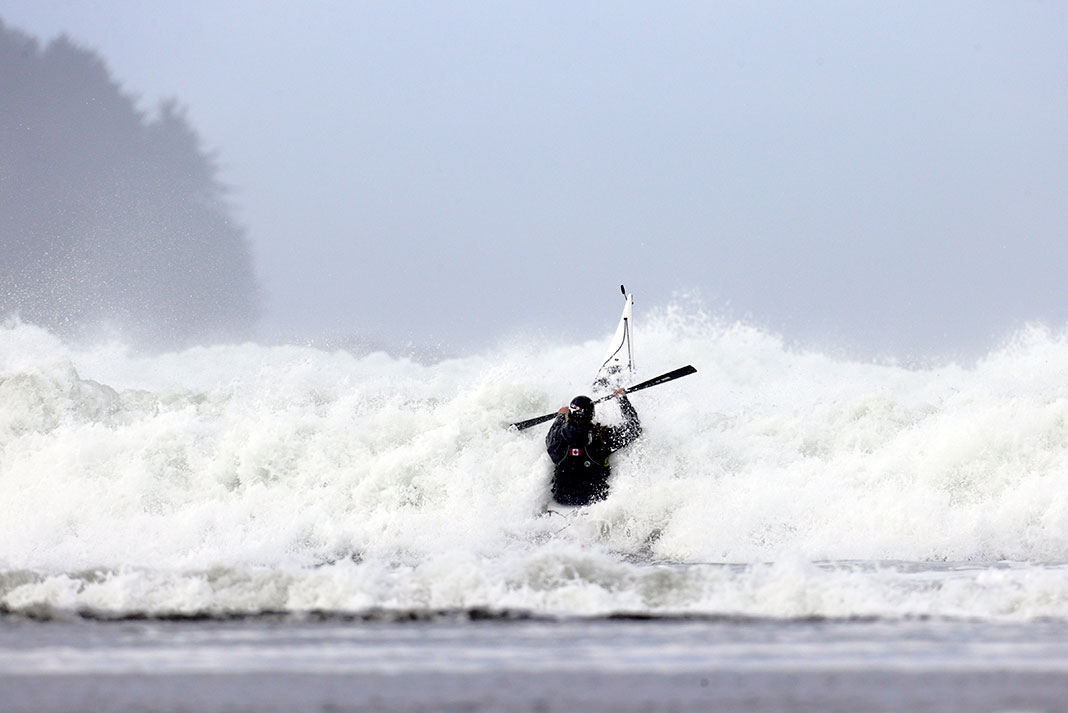
When assessing risk and making good decisions based on those assessments, time is not the only factor. Sometimes the more “time in” we have equals an increased likelihood of an incident and poorer decision making in outdoor risk environments.
“Don’t worry, it was a non-event.”
Over the past decade, studies from the National Outdoor Leadership School (NOLS) and academia have correlated more instructor years in the field with higher incident rates. A few factors cause this increase in incidents in an experienced instructor’s career.
First, as our confidence increases on the water over time, often so can our tolerance for higher levels of risk. As our skill level goes up, we tend to move into more challenging terrain where higher consequence incidents are more likely to occur. Second: Ego breeds complacency. Decreased attention to detail can result in poor decision-making. We can become less attentive to hazards when we adopt a been-there-done-that attitude.
Non-event feedback is the crux of the matter. As we go through our paddling careers, we are continuously exposed to near-miss situations. A near miss is where something could have gone wrong but didn’t. It would be nice to think all near misses are obvious, but sometimes, perhaps often, we don’t notice the giant boomer we just paddled over exploding in a gnarly mess of barnacles and white water behind us. We may squeeze by in situations where we think we had miles to spare, or have become so complacent we didn’t even recognize the scope of the hazard. We also become more comfortable with risk when it is familiar, which is a well-documented heuristic trap in the study of avalanche incidents. The more we paddle a section of exposed coastline without incident, the more our brains decide it’s safe, even though the risk hasn’t objectively changed.
Event feedback is crystal clear—the shattered kayak, dislocated shoulder or hypothermic client will all make us think twice the next time we paddle that type of water—but it is much less frequent than non-event feedback. The more unacknowledged near misses we collect, the more evidence we have of our true decision-making prowess.
In the paddling world, we’ve adopted the rationale more is inherently better. The more field days you have, the higher you can go in the certification levels. You can’t move from one level to the next or take the next course or exam without putting in a certain number of days in between, ranging from 30 to 200 depending on the level. Certainly, there should be a minimum number of days of guiding experience someone earns before moving up to more complex terrain and greater leadership responsibility. But the assumption inherent in these systems is the more days you have, the more competent you will be at your job and the better your judgment will be. However, time alone does not equal competency.
4 ways to manage risk and use better judgment
So, what is the antidote to this gap between experience and the development of good judgment and sound decision-making in risk environments?
1 Avoid risk creep
Watch for risk creep in your terrain choices and paddling circles—before you go, consider the what-ifs, and even in familiar terrain, make a plan individually and as a group for shit-hits-the-fan scenarios.
2 Develop your intuition
Put the ego and external pressures aside and get quiet enough to tune in to what your gut tells you.
3 Pay attention to what is happening
Even the most familiar terrain can have a drastically different character and set of consequences depending on the weather, season, and the group you’re with. Know the forecast and the terrain, but pay attention to the actual conditions, including human factors.
4 Make a study of near misses
Study your own mishaps and those of others. There is copious wisdom in the world of outdoor risk management we can learn from. Understand the heuristic traps leading to misadventure and use this information to analyze your own decisions.
This article was first published in the Early Summer 2022 issue of Paddling Magazine. Subscribe to Paddling Magazine’s print and digital editions, or browse the archives.
When assessing risk, 10,000 hours isn’t a magical threshold. Time in cockpit is only one factor to making good decisions. | Feature photo: Kevin Light



